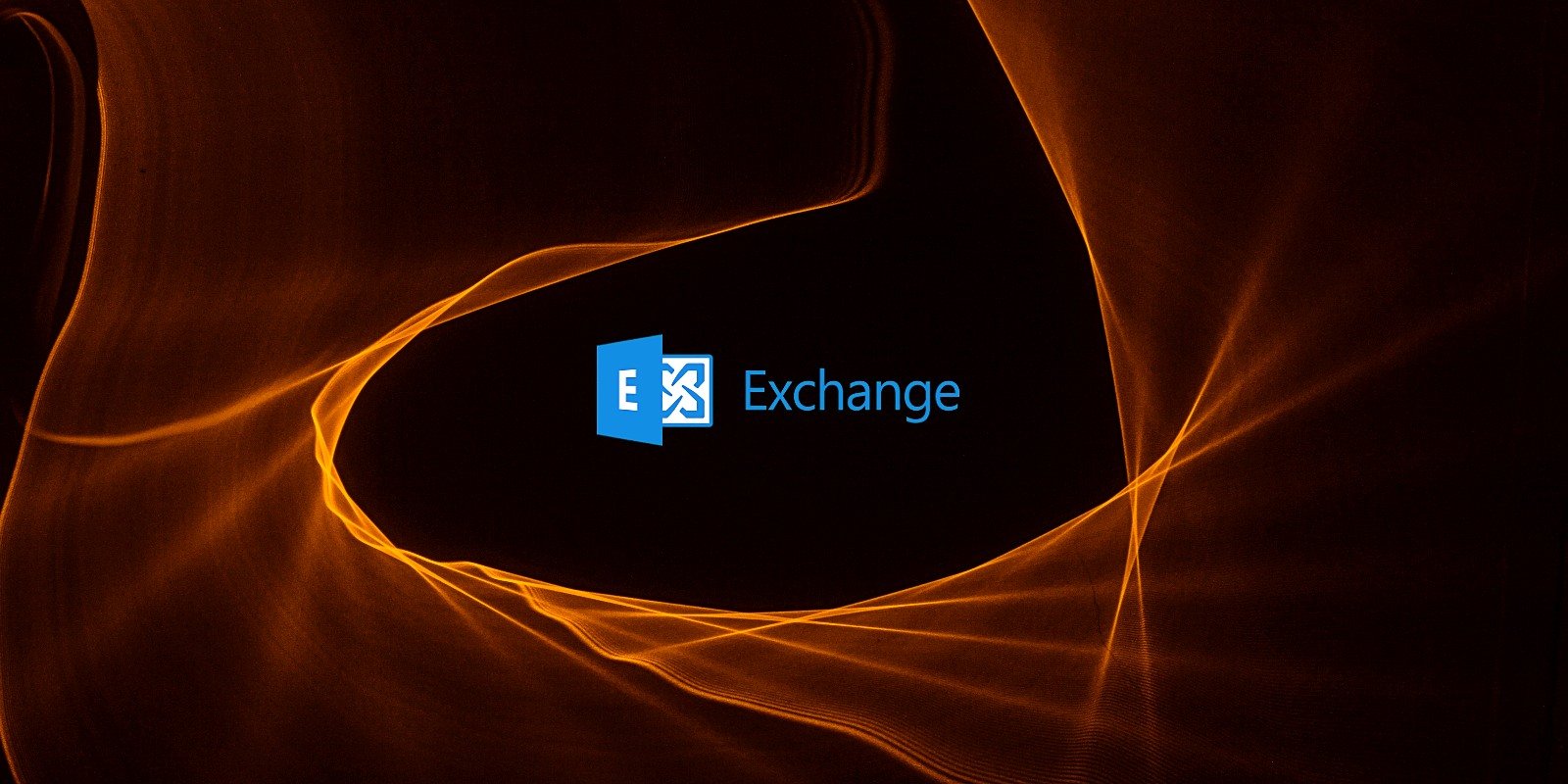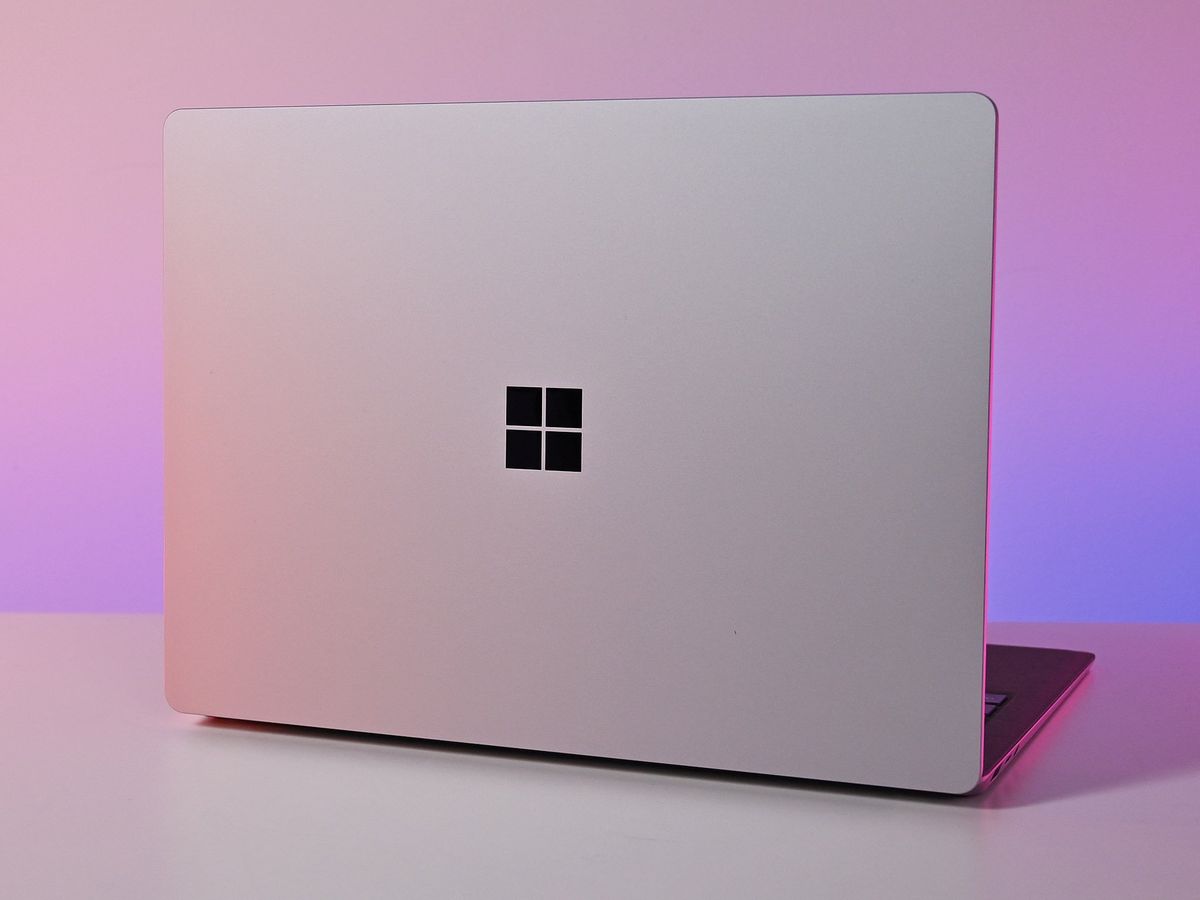- Jul 27, 2015
- 5,458
Almost 2,000 Microsoft Exchange email servers have been hacked over the past two days and infected with backdoors after owners did not install patches for a collection of vulnerabilities known as ProxyShell.
The attacks, detected by security firm Huntress Labs, come after proof-of-concept exploit code was published online earlier this month, and scans for vulnerable systems began last week. On Friday, security firm Huntress Labs said it scanned Microsoft Exchange servers that have been hacked using ProxyShell and found more than 140 different web shells on more than 1,900 Exchange servers. Discovered by Taiwanese security researcher Orange Tsai, ProxyShell is a collection of three different security flaws that can be used to take control of Microsoft Exchange email servers. These include:
- CVE-2021-34473 provides a mechanism for pre-authentication remote code execution, enabling malicious actors to remotely execute code on an affected system.
- CVE-2021-34523 enables malicious actors to execute arbitrary code post-authentication on Microsoft Exchange servers due to a flaw in the PowerShell service not properly validating access tokens.
- CVE-2021-31207 enables post-authentication malicious actors to execute arbitrary code in the context of SYSTEM and write arbitrary files.
“Impacted organizations thus far include building mfgs, seafood processors, industrial machinery, auto repair shops, a small residential airport, and more,” said Kyle Hanslovan, CEO and co-founder of Huntress Labs. Making matters worse, earlier this week, a user on a Russian-speaking underground cybercrime forum also published a list of all the 100,000+ internet-accessible Exchange servers, lowering the barrier so even more threat actors can just grab the public exploit and start attacking Exchange servers within minutes.

Almost 2,000 Exchange servers hacked using ProxyShell exploit
Almost 2,000 Microsoft Exchange email servers have been hacked over the past two days and infected with backdoors after owners did not install patches for a collection of vulnerabilities known as ProxyShell.





